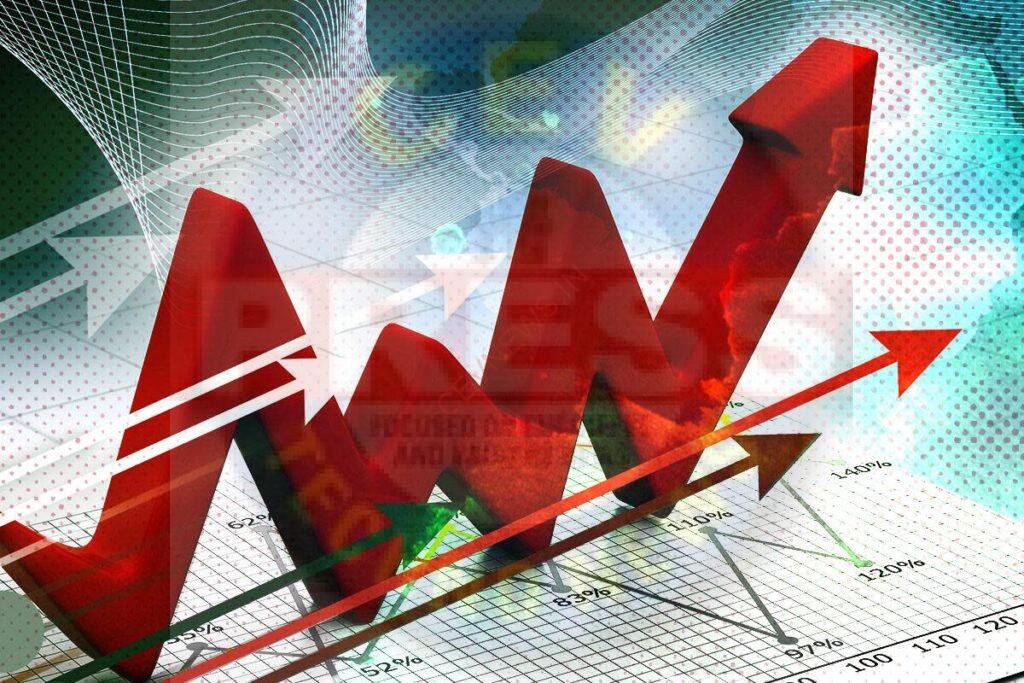TERMINAL VALUE
Terminal Value (TV) is the value of an asset, business or project beyond the forecasted period when future cash flows can be estimated
Terminal value assumes a business will grow at a set growth rate forever after the forecast period
Terminal value often comprises a large percentage of the total assessed value
Terminal value as per Finance
In finance, the terminal value of a security is the present value at a future point in time of all future cash flows when we expect stable growth rate forever
Terminal value calculation
TV = (FCFn X (1+g))/ (WACC – g)
TV = terminal value
FCF = free cash flow
n = year 1 of terminal period or final year
g = perpetual growth rate of FCF
WACC = weighted average cost of capital
The terminal value of a project
Terminal value is the value of a project’s expected cash flow beyond the explicit forecast horizon
An estimate of the terminal value is critical in financial modeling as it accounts for a large percentage of the project value in a discounted Cash flow valuation
Terminal value discounting
Typically, an assets terminal value is added to future cash flow projections and discounted to the present day
Discounting is performed because the terminal value is used to link the money value between two different points in time
Terminal cash flow
Terminal cash flows are cash flows at the end of the project after all taxes are deducted
Ways of estimating Terminal Value
1) Liquidation value
Most useful when assets are separable and marketable
2) Multiple Approach
Easiest approach but makes the valuation a relative valuation
3) Stable Growth Model
Technically soundest, but requires that you make judgments about when the firm will grow at a stable rate that can sustain forever, and the excess returns (if any) that it will earn during the period
Terminal year
Terminal year refers to the year in which an individual dies, in the context of estate planning and taxation
Special tax rules and handling of income and assets may apply during the taxpayer’s final year
Terminal multiple
Terminal multiple method assumes that the enterprise value of the business can be calculated at the end of the projected period by using existing multiples on comparable companies
Key takeaways of terminal value
1) Terminal value (TV) determines a company’s value into perpetuity beyond a set forecast period – usually five years
2) analysts use discounted Cash flow model (DCF) to calculate the total value of a business
The forecast period and terminal value are both integral components of DCF
3) the two most common methods for calculating terminal value are perpetual growth (Gordon Growth Model) and exit multiple
4) the perpetual growth method assumes that a business will generate cash flows at a constant rate forever, while the exit multiple method assumes that a business will be sold
Meaning of Negative Terminal Value
A negative terminal value would be estimated if the cost of future capital exceeded the assumed growth rate
Negative terminal valuations cannot exist for very long
A company’s equity value can only realistically fall to zero at a minimum, and any remaining liabilities would be stored out in a bankruptcy proceeding
Limitations of Terminal Value
1) the growth rate and the discount rate are assumptions in the perpetuity growth model
2) the growth rate can be higher than the discount rate or the WACC for some time
3) in the case of the exit multiples method, the multiples change with time and even between companies
The reasonable growth rate for a terminal value
The terminal growth rates typically range between the historical inflation rate (2% – 3%) and the average GDP growth rate (3% – 4%) at this stage
A terminal growth rate higher than the average GDP growth indicates that the company expects it’s growth to outperform that the economy forever
Compiled by
Avinash Kulkarni
Chartered Engineer, Govt Regd Valuer, IBBI Regd Valuer

